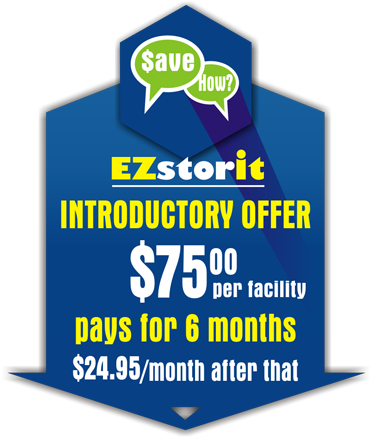Mar
25
Protect Your Investment: Financial Tips After Buying Your First Home
25

There is no denying that buying a new home is a big financial step, and now that you finally have your own roof over your head, the time has come to get your finances back in order. This can be a difficult task, as there are probably many things you have to purchase for the new place, and plenty of financial considerations to take into account, especially if you are designing your home and its interior. The important thing to keep in mind is that you have all of the time in the world to buy that new sofa or upgrade your kitchen cabinets – but what matters right now is to be smart with your spending.
Luckily, there are some great ways you can regain financial stability, ranging from financing options to smart spending, choosing the most cost-effective home projects, and building an emergency fund. Let’s break all of this down and help you become financially stable during your first year as a new homeowner.
Supplement your monthly income
First things first, the most important thing is to bring enough money into your home on a monthly basis that will allow you to meet your mortgage payment schedule, maintain your lifestyle, and to keep pushing towards your goals. One of the best ways to do that is to supplement your income, even if it’s just temporary, until you regain control of your long-term finances.
To achieve this, many new homeowners will supplement their income with a favorable personal loan that allows them to bridge the financial gap and elevate their quality of life without worrying about extraneous expenses. When looking to supplement your income, you should look for those lenders that can offer favorable repayment terms and give you enough time to solidify your financial standing.
Commit to buying only the essentials
In order to meet your payment schedule, minimize your debt over time, and simply get back on your feet financially, it’s important that you analyze your spending habits and make the necessary changes that will allow you to save as much money on a monthly basis as possible. Start by making a detailed spending list, noting down all of your fixed monthly expenses such as utility bills, grocery hauls (average spending per haul), hobbies, etc. Next, you can start eliminating some of the expenses that aren’t necessary.
For example, you can save a considerable amount and avoid the dreaded buyer’s remorse by simply sticking to the essentials on your grocery hauls and by choosing brands that are slightly cheaper on average. Commit to doing this for the next 12 months while adopting energy and water-saving habits and you will have reduced your spending across the household.
Organize your spending and track everything
Just because you’re spending less money overall doesn’t mean that you don’t have to keep a close eye on every item on your list. Your job is to be as diligent and meticulous as possible, and track every expense in order to figure out how you can spend even less money down the road. Don’t trust the old pen and paper, instead, use a feature-rich money app that will provide you with all of the tools you need to track your finances and all of your expenses, and get a bird’s eye overview of your financial standing on a monthly basis.
This will make it easy to compare your monthly spending patterns and make cuts where necessary, but also to allocate more financial resources toward some important areas, such as home repairs. At the very least, tracking all of your expenses will allow you to start planning for the future.
Start planning for new furniture
One of the first things you will want to do the moment you move in is to buy new furniture and decorate the new place to your liking. Yes, it’s a wonderful dream, but it might be best to take a step back and leave this project for the second year. For now, you should stick to planning and preparation, because the last thing you want to do is to overspend when you’re already stretched thin as it is.
During your first year, be sure to make a detailed wish list for every room, and prioritize rooms as well so that you know which area to start sprucing up first. Start saving money on a monthly basis so that you can actually buy everything on the list after a year of diligent saving.
Set reasonable financial goals
When you become a homeowner, you might think that all you need to plan for is recovering from this grand financial investment you just made. And that’s true, but your goals should be much bigger than that. When you set long-term goals, you can start looking towards a bright and happy future instead of only focusing on the immediate financial challenges. After all, if you set your goals high (but not too high), you will feel more motivated to save more money, and devise new ways to supplement your primary income stream.
This is a great way to get out of a financial slump no matter what you’re going through, and it’s especially effective when you’re trying to recover from such a big purchase. With that in mind, be sure to set reasonable long-term goals, and then devise a strategy to improve your cash flow.
Save up for emergency repairs
Finally, don’t forget to start putting money away for emergencies. Look, you’re a homeowner now, and that means that all of the maintenance and repair expenses have now fallen on your shoulders. Emergencies can arise quite unexpectedly, and you need to be able to dig into your savings in order to solve every problem quickly – be it a flooded bathroom, or the need to replace a few old windows for better insulation.
Wrapping up
It’s not easy getting back on your feet after investing so much money in a new house, but that doesn’t mean that you can’t build up financial security with some planning and preparation. Be sure to use these tips to maintain your quality of life and enjoy this new chapter in the home of your dreams.
By: Lilly Miller
Lilly is a graphic designer and a passionate writer. Loves everything about home decor, art history and baking. Shares home with two loving dogs and a gecko named Rodney. Based in Sydney, but world is her playground.






